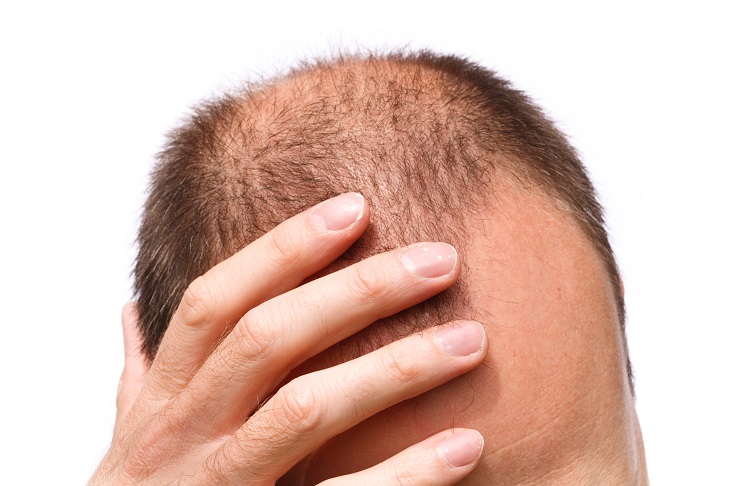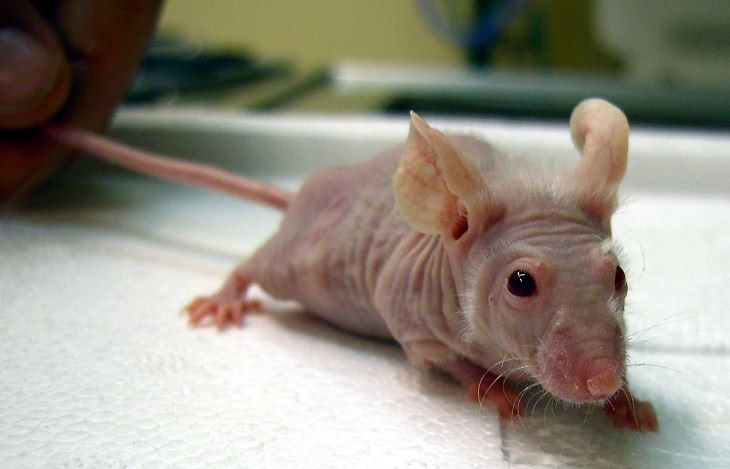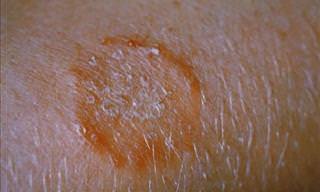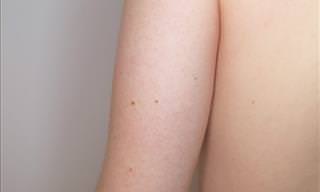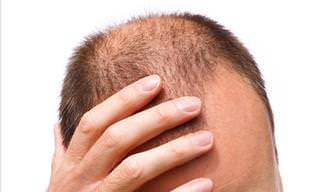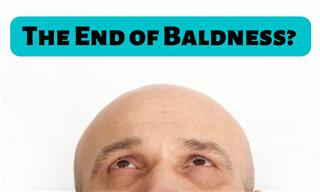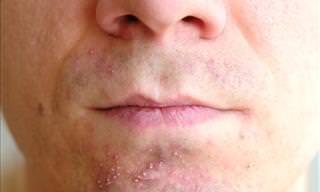There’s a whole range of treatments for balding on the market. But what if you had the option of re-growing your hair simply by applying some ointment?
Well, in a South Korean paper, scientists describe a treatment for hair loss that doesn’t just prevent the loss of hair – it promotes the growth of new follicles in hairless mice. Led by professor Choi Kang-Yeol of Yonsei University, a team of researchers came across a protein that’s responsible for hair loss in androgenetic alopecia, also known as pattern baldness- the most common form of hair loss in both men and women.
Kang-yeol said that “we have found a protein that controls the hair growth and developed a new substance that promotes hair regeneration by controlling the function of the protein. We expect that the newly developed substance will contribute to the development of a drug that not only treats hair loss but also regenerates damaged skin tissues.”
The offender is CXXC-type zinc finger protein 5 (CXXC5), which acts as a negative regulator on the Wnt/β-catenin pathway, which is connected to hair regeneration and wound healing. When this protein binds to another protein known as the Dishevelled protein, it prevents follicle development and hair regrowth.
A new biomaterial developed by the team interferes with this binding process. It’s called PTD-DBM, and when applied to the bare skin of hairless mice for 28 days, new follicles start to develop.
But there’s a caveat. First, the title of this paper is “Targeting of CXXC5 by a Competing Peptide Stimulates Hair Re-Growth and Wound Induced Hair Neogenesis.” We’ve already covered the CXXC5 targeting, but the second part is equally as important – wound-induced hair neogenesis. As documented in a 2007 paper, wounds greater than 5 millimeters in diameter could, in some cases, develop new follicles as they healed.
A 2013 study found that, in humans, a treatment for androgenetic alopecia was much more effective when accompanied by microneedling – rolling very fine needles over the skin to puncture it.
Kang-yeol and his team got their best results by combining wound-induced hair neogenesis with PTD-PBM and valproic acid, usually used to treat bipolar, schizophrenia, migraines and seizures. In this case, it was used topically to activate the Wnt/β-catenin pathway.
Therefore, there’s a threefold action. The wounds induce the generation of follicles; the valproic acid stimulates the cell pathway linked to the development of follicles; and the PTDPBD inhibits CXXC5 from interfering with the follicular development process.
However, it may be some time before this treatment becomes readily available. New treatments often take time to develop, not least because they need to go through clinical trials to ensure they’re safe for humans. Nevertheless, the team’s research is progressing fast. They’re currently testing their new substance on other animals to determine whether it’s toxic, before proceeding to human trials.
Source: sciencealert
 Go to BabaMail
Go to BabaMail


